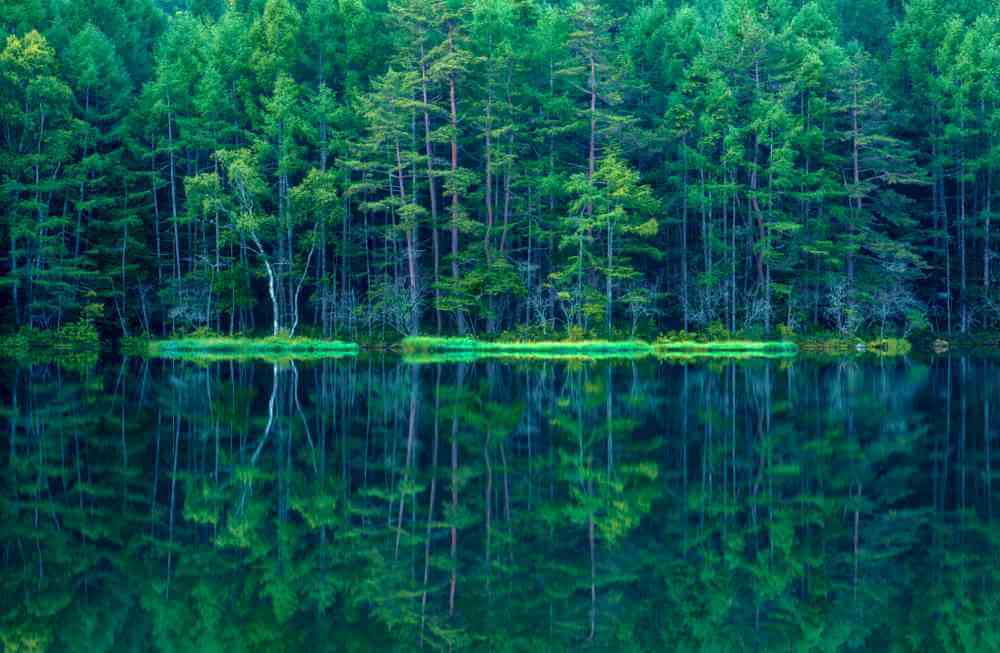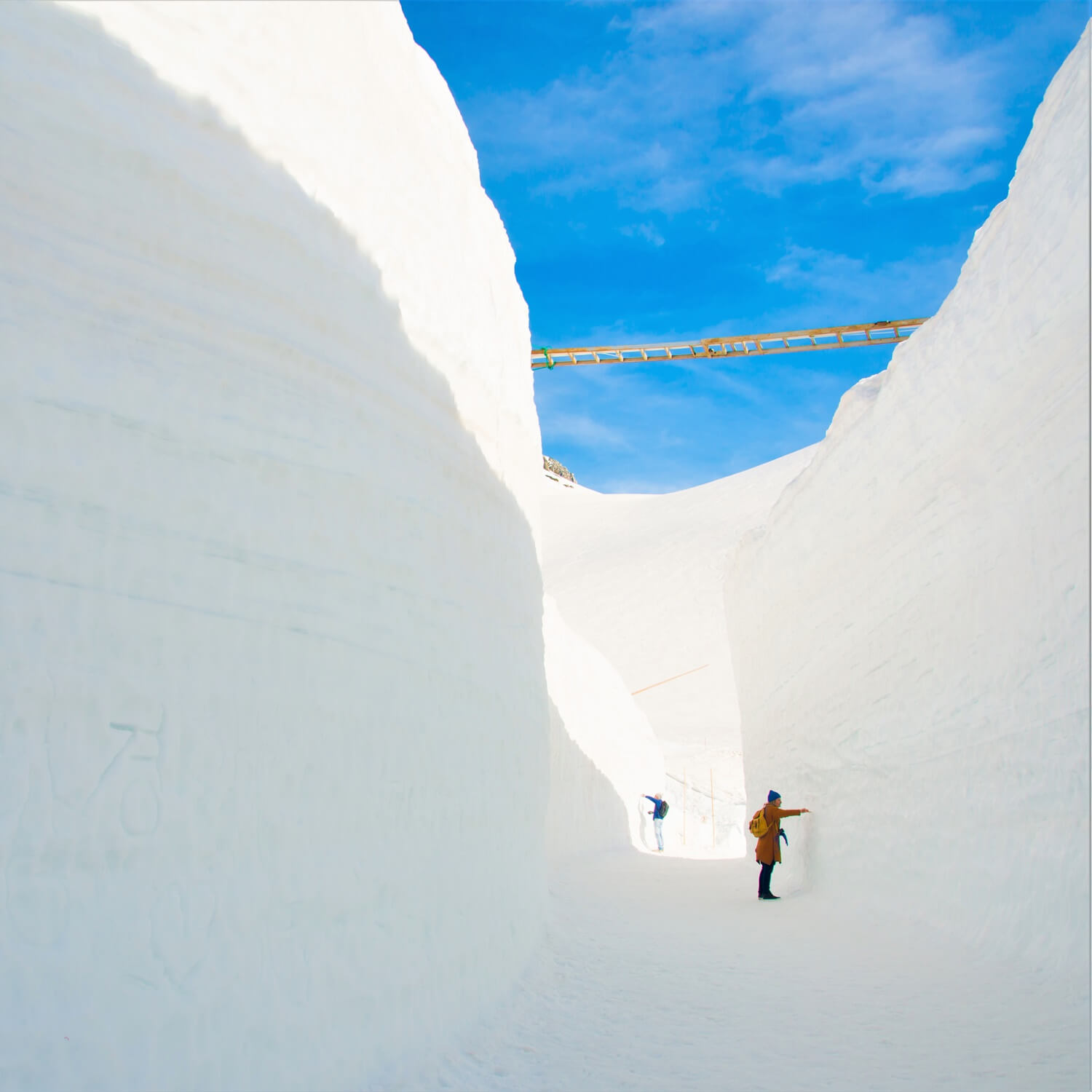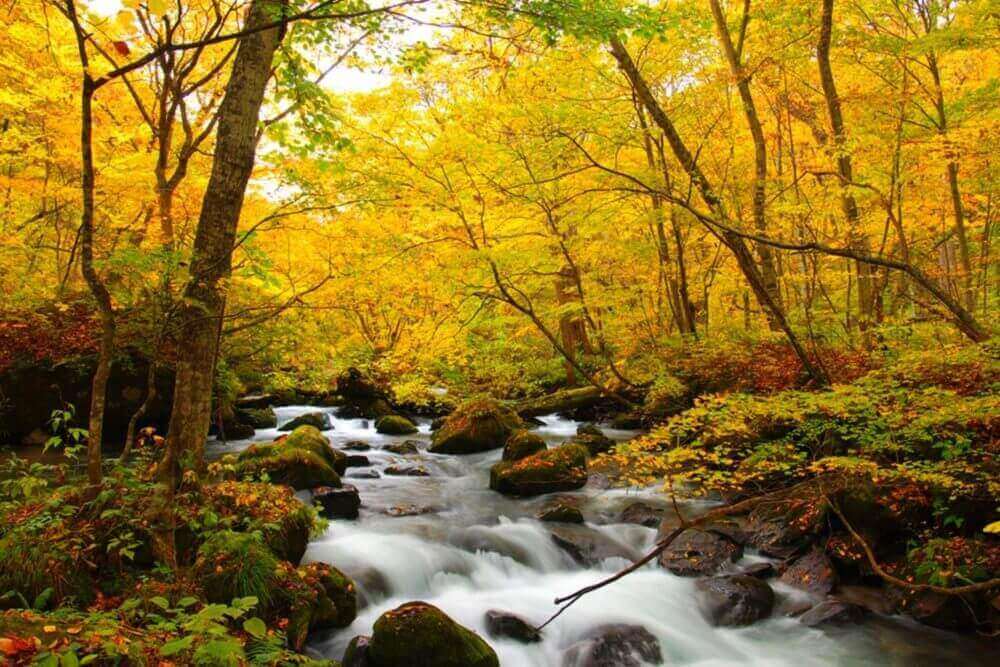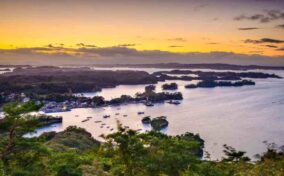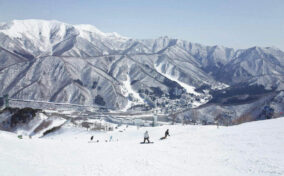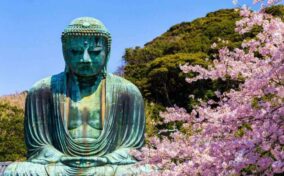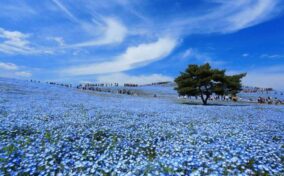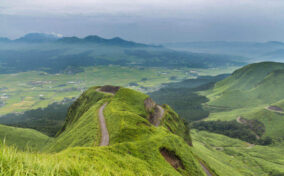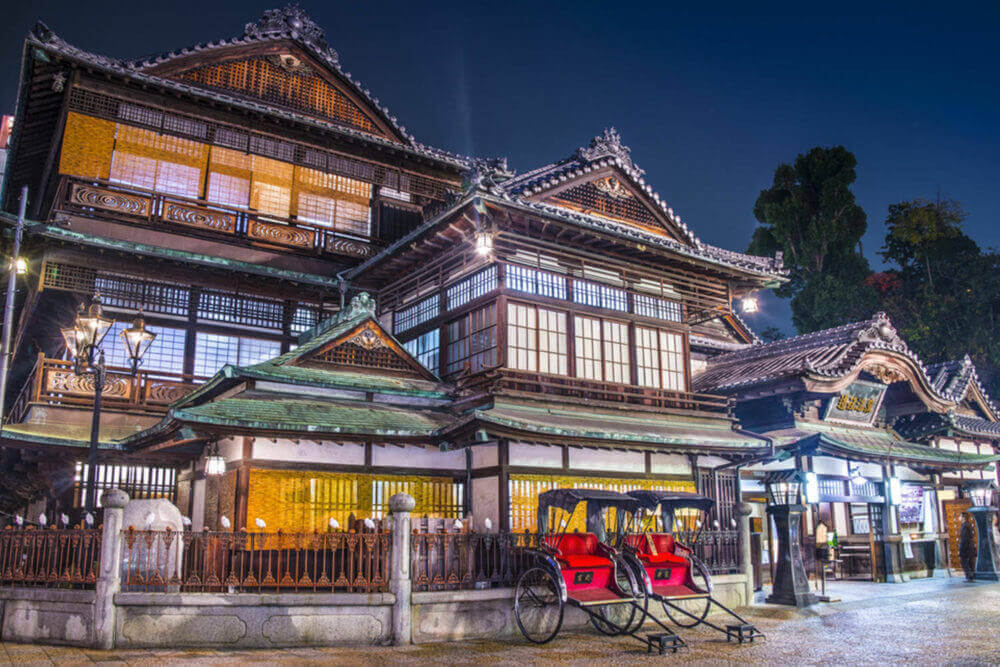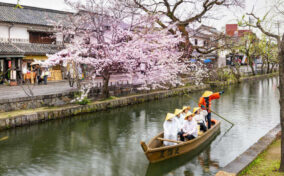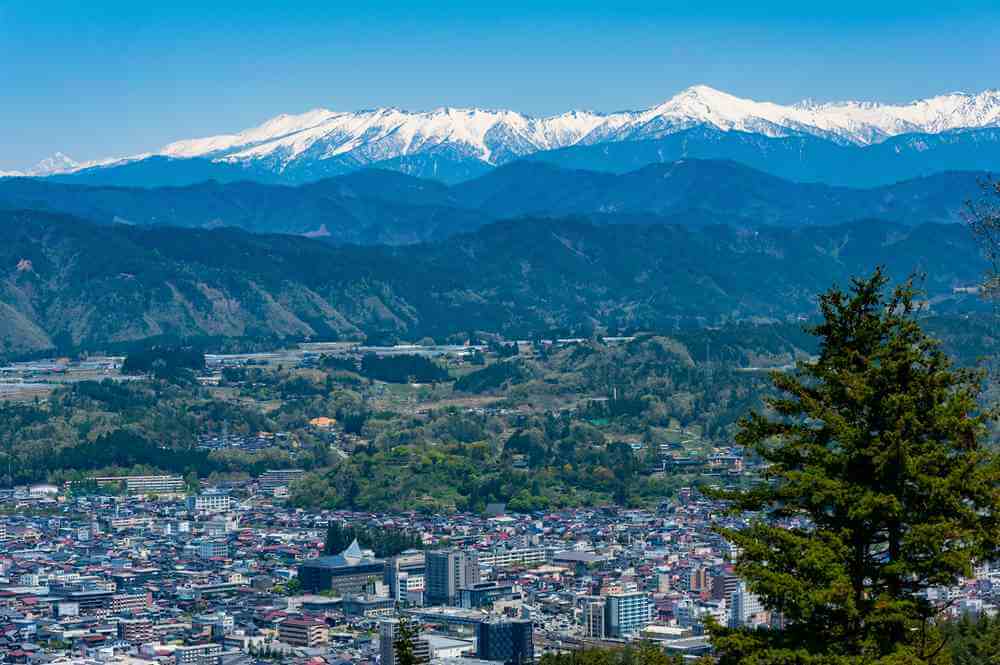Nagano Prefecture is famous for hosting the 1998 Nagano Olympics. The Olympic village and stadium have become sightseeing spots in Nagano. There is also a museum that exhibits materials related to the Olympics.
However, Nagano’s greatest attraction is the mountains known as the Japanese Alps. Nagano has many mountains with an altitude of 3,000 meters or more, and the scenery spreads out. Nagano also has many places where you can enjoy the beauty of nature, such as beautiful lakes, valleys, and hot springs. Resort areas such as Karuizawa and Shiga Kogen are especially famous.
On this page, we will guide sightseeing in Nagano Prefecture, including its attractions, places to visit, and things to do.
Table of Contents
Outline of Nagano
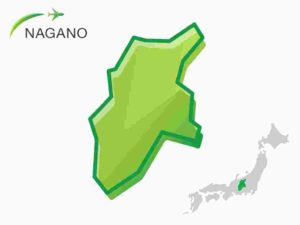
Map of Nagano
Nagano Prefecture is a landlocked prefecture of Japan located at the foot of the Japanese Alps. The province has a lot to offer including beautiful mountains, ancient temples and vibrant cities. Nagano is a place that offers visitors a unique experience that sets it apart from the rest of Japan.
Access
To get to Nagano from Tokyo, the easiest way is by taking the Hokuriku Shinkansen train from Tokyo Station to Nagano Station. The journey takes around 1.5 to 2 hours, and there are several trains departing each day. Additionally, you can also take a highway bus from Shinjuku Station or Tokyo Station to Nagano. This trip takes around 3 to 4 hours, depending on traffic conditions.
If you want to travel around Nagano, a rail pass that allows unlimited rides on the Shinkansen and local trains is a great deal. >>See here for details.
Weather and Climate in Nagano
There is an article explaining the weather and appropriate clothing for Nagano. You can check it by month.
| January | February | March |
| April | May | June |
| July | August | September |
| October | November | December |
Karuizawa
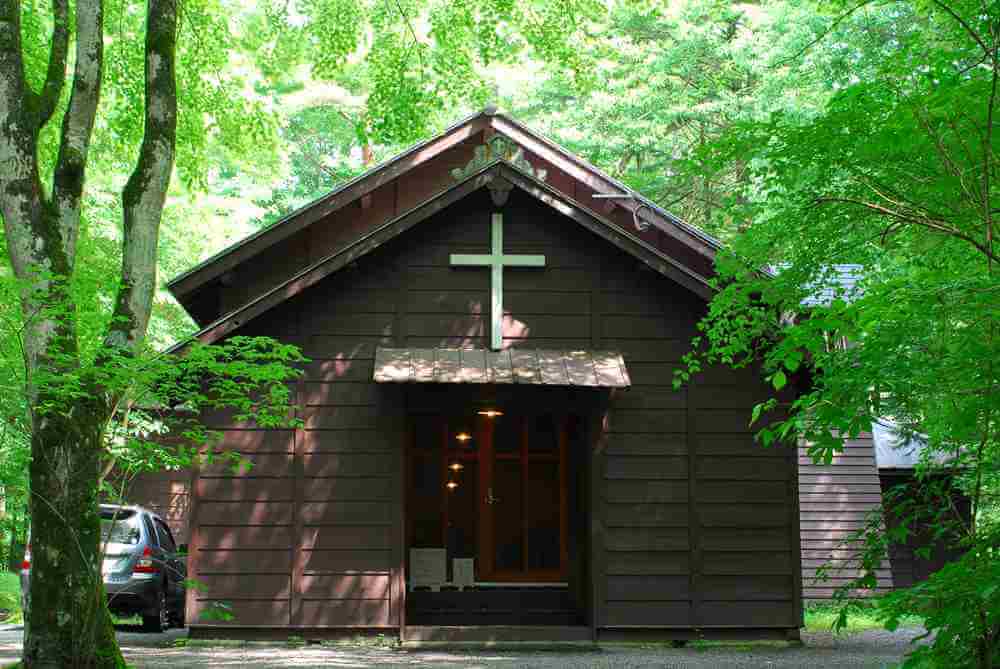
Karuizawa is a representative summer resort in Japan. There are many old churches because Westerners have liked it since the end of the 19th century = Shutterstock
I think Karuizawa is the most visited place in Nagano. Karuizawa is a very beautiful town. Karuizawa is a popular resort town about 100 kilometers from Tokyo. Surrounded by beautiful forests, mountains and rivers. It has long been popular as a summer resort for the royal family and aristocrats.
Karuizawa, surrounded by beautiful nature, is a great place for hiking, biking and strolling. It is also a cultural place with many museums and art galleries. Karuizawa is also known as a city where you can enjoy high-end shopping and dining. High-end brand stores, gourmet restaurants, and local specialty stores are found throughout the city.
Karuizawa has many beautiful parks and gardens where you can enjoy various outdoor activities such as golf, tennis, skiing and cycling. Many tourists come here to escape the hustle and bustle of the city and relax.
>>If you want to know the tour menu of Karuizawa, click here!
Kamikochi
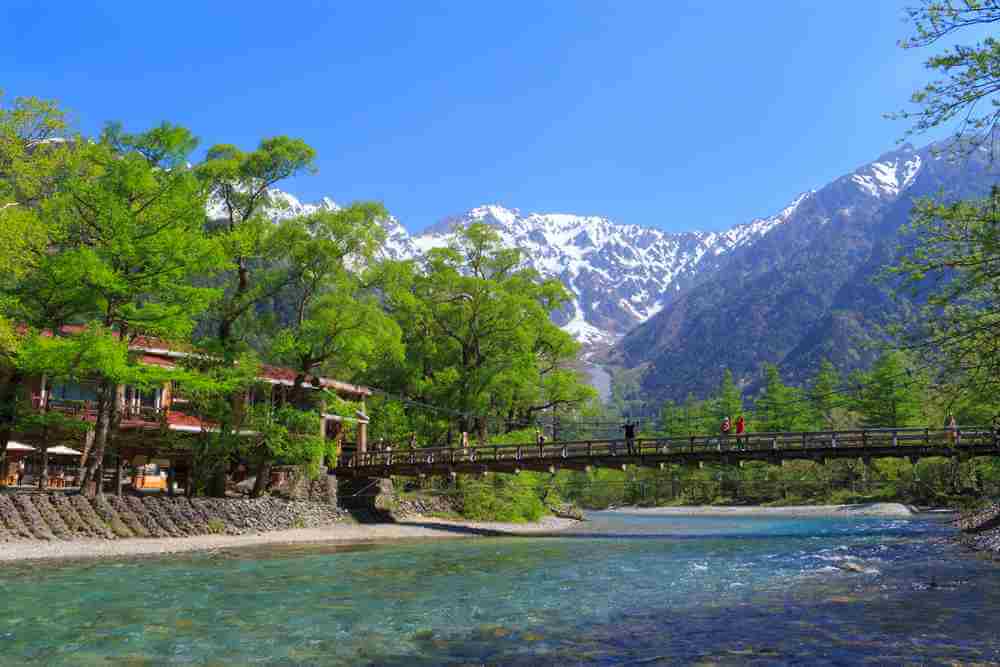
Hotaka mountains and Kappa bridge in Kamikochi, Nagano, Japan = Shutterstock
Kamikochi attracts many tourists from Japan and abroad for its beautiful scenery and rich nature.
Kamikochi is located at the foot of the Northern Alps and is surrounded by high mountains and rich forests. A clear blue river flows through the valley, and you can enjoy hiking trails leading to scenic spots such as Taisho Pond and Myojin Bridge. It is also a habitat for various animals and plants, including Japanese macaques.
In summer, greenery and colorful flowers bloom. In autumn, the leaves on the trees turn vibrant shades of red, yellow and orange, creating a breathtaking sight. The winter snowscape is also worth seeing.
Hakuba
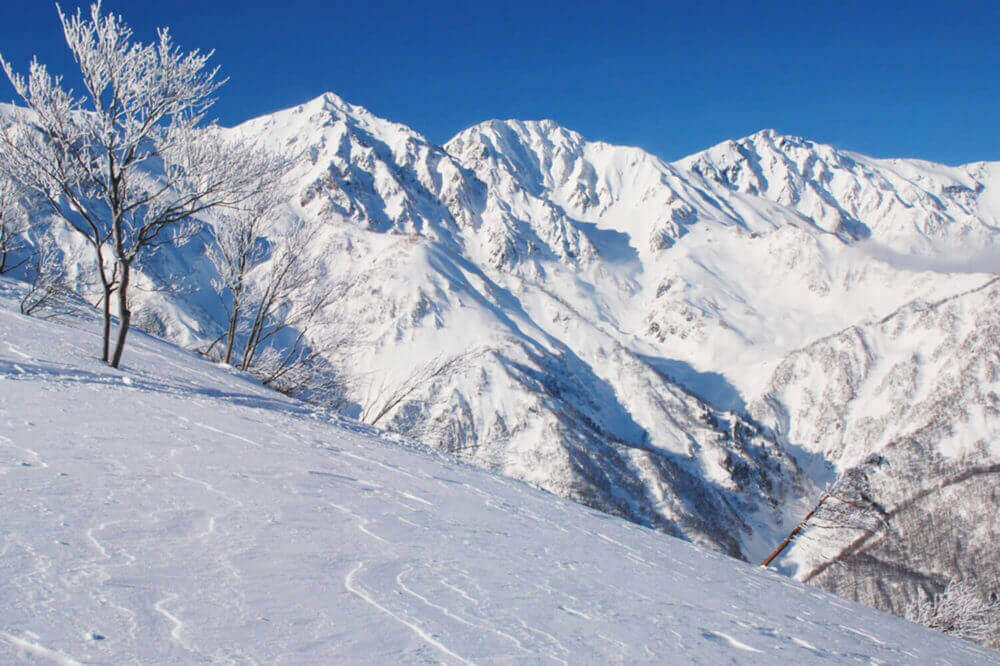
In Hakuba you can enjoy skiing while watching the beautiful mountains representing Japan = shutterstock
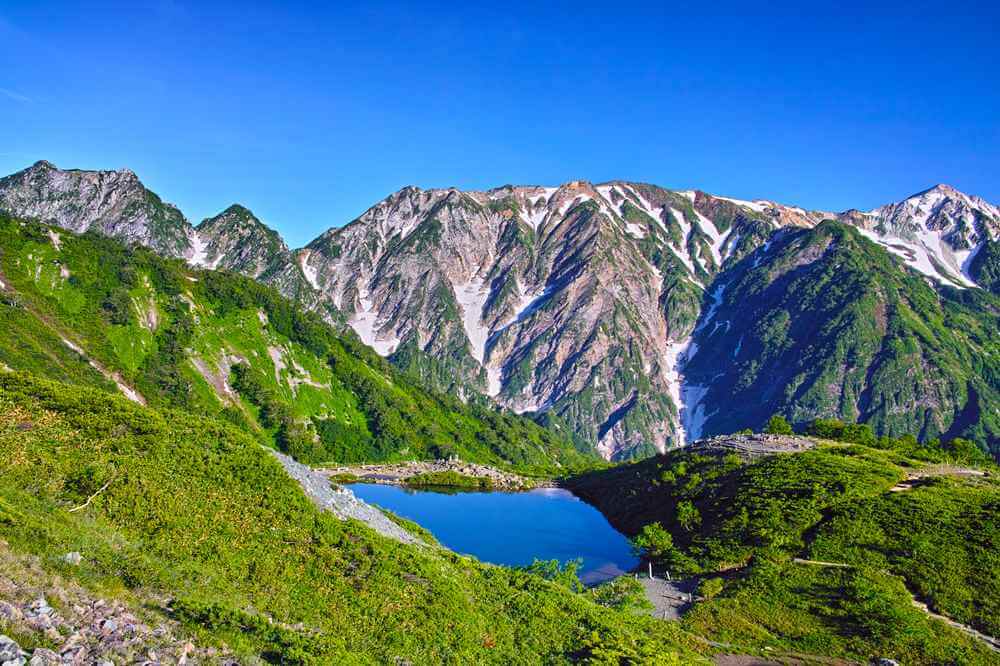
Hakuba is popular for hiking trails in the summer = Shutterstock
Hakuba is a ski resort town located in the Northern Japanese Alps of Nagano Prefecture. It is known for its excellent skiing and snowboarding conditions, as well as for hosting the 1998 Winter Olympics. The resort features over 200 courses, ranging from beginner to advanced, and there are also opportunities for backcountry skiing and snowboarding. In addition to skiing, there are plenty of other activities to enjoy in the area, such as hot springs, snowshoeing, and ice fishing. The town has a vibrant atmosphere with numerous shops, restaurants, and bars to explore, making it a great destination for visitors who want to experience the winter sports culture of Japan.
Matsumoto
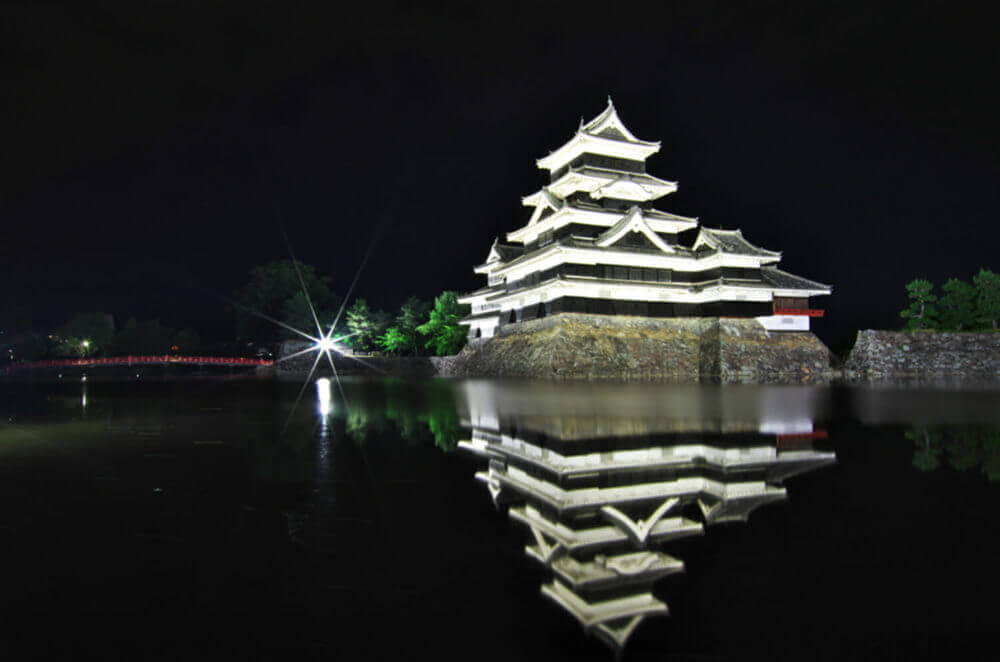
Bautiful reflection in water at night of Matsumoto Castle. It is a Japanese premier historic castles in easthern Honshu, Matsumoto-shi, Chubu region, Nagano Prefecture, Japan = shutterstock
Matsumoto is the largest city in Nagano prefecture after Nagano City. The city is one of the most popular tourist destinations in Nagano Prefecture, Japan. As you walk through Matsumoto City, you’ll find that the traditional streetscape remains.
Matsumoto City The city is known for its historic Matsumoto Castle, which is designated as a National Treasure of Japan. The castle, also known as the “Crow Castle” due to its black exterior, is one of only twelve original castles still standing in Japan. Visitors can explore the castle’s various levels, including the castle tower and the castle keep, which offer stunning views of the surrounding area.
In addition to the castle, Matsumoto City offers a range of other attractions for tourists. The Nakamachi-dori district is a picturesque street lined with traditional wooden buildings and shops selling local crafts and souvenirs. The Matsumoto City Museum of Art showcases works by local artists and offers workshops and events throughout the year.
>>If you want to know the tour menu of Matsumoto, click here!
Togakushi

Togakushi in winter, Nagano Prefecture = Shutterstock
Togakushi is a beautiful mountain area located in the northern part of Nagano City. Here, Togakushi Shrine, a collective term for five shrines with very old history, spreads. From Tokyo to Togakushi, it takes about 3 hours by Shinkansen and bus. If you go to Togakushi, the wonderful mountains, shrines and soba gourmet will refresh you. This is a very snowy area, so I recommend going in the fall or summer.
Jigokudani Yaen-koen
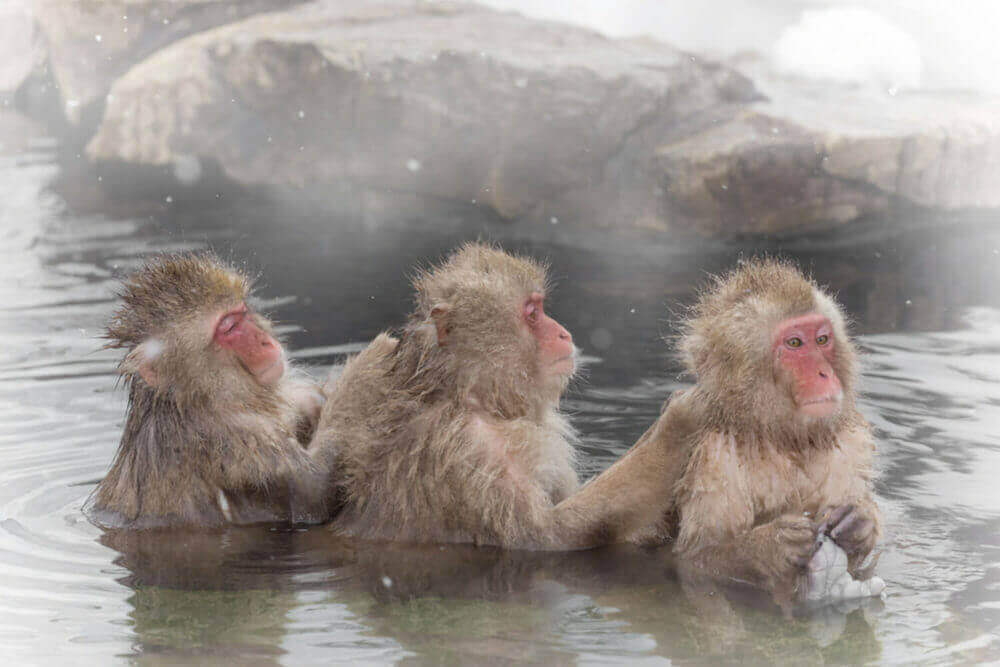
Snow monkeys in a natural onsen (hot spring), located in Jigokudani Park, Yudanaka. Nagano Japan
Jigokudani Yaen-koen is very popular among foreign tourists. Here, you can observe wild monkeys bathing in the hot springs.
The nearest bus stop to Jigokudani Yaen-koen is “Snow Monkey Park”, which is about 40 minutes from JR Nagano Station (Nagano City) by express bus to Shiga Kogen. From this bus stop, you have to walk about 40 minutes one way on a snowy road. Please note that it is a very snowy place in the winter.
>>Click here if you want to know the overview of Jigokudani Yaen-koen and the tour menu etc.
Mishakaike Pond

Mishakaike Pond in Nagano Prefecture, Japan
It is no exaggeration to introduce it as the most beautiful place in Japan. Mishaka Pond is a very beautiful pond in Chino City, Nagano Prefecture. Its appearance has inspired many people, and it is also known that it was the motif of the famous work “Midori Echo” by Kaii Higashiyama, a representative painter of Japan.
The clear blue water of this pond and the reflection of the surrounding nature on the surface of the water are breathtakingly beautiful, especially in the autumn when the leaves turn red and yellow, creating a beautiful landscape that looks like an oil painting on the pond.
To get to Mishaka Pond, take the train to Matsumoto Station and from there take a bus or taxi to the pond. It takes about an hour to travel by bus, and the scenic route is perfect for enjoying the scenery. If you’re driving, you can park in the pond’s car park, which is a short walk from the pond itself.
In addition, this pond is an agricultural irrigation pond that was created by humans at the beginning of the Showa period. Even now, local people maintain it and use it for rice cultivation. Entering the embankment is prohibited, and you cannot get close to the pond. Please look at it from a distance.
Tsumago

Magome and Tsumago where the image of post towns in the Edo period are left = Shutterstock
Tsumago is a small town located in the Kiso Valley in Nagano Prefecture. It prospered as a post town during the Edo period, and even today, the old townscape and buildings have been preserved.
The history of Tsumago dates back to the 7th century, when it was used as a resting place for travelers crossing the Kiso Mountains. During the Edo period, it prospered as a post town on the Nakasendo road connecting Edo and Kyoto. It prospered as a resting place for travelers and merchants, and many buildings from that time still remain today.
One way to enjoy Tsumago is to take a leisurely stroll through the preserved streets and enjoy the traditional architecture. You can also visit the Tsumago-juku Honjin Museum, which introduces the history and culture of the Edo period. Also, the post office in Tsumago-juku is still open, so you can send postcards with the Tsumago postmark.
Tateyama Kurobe Alpine Route
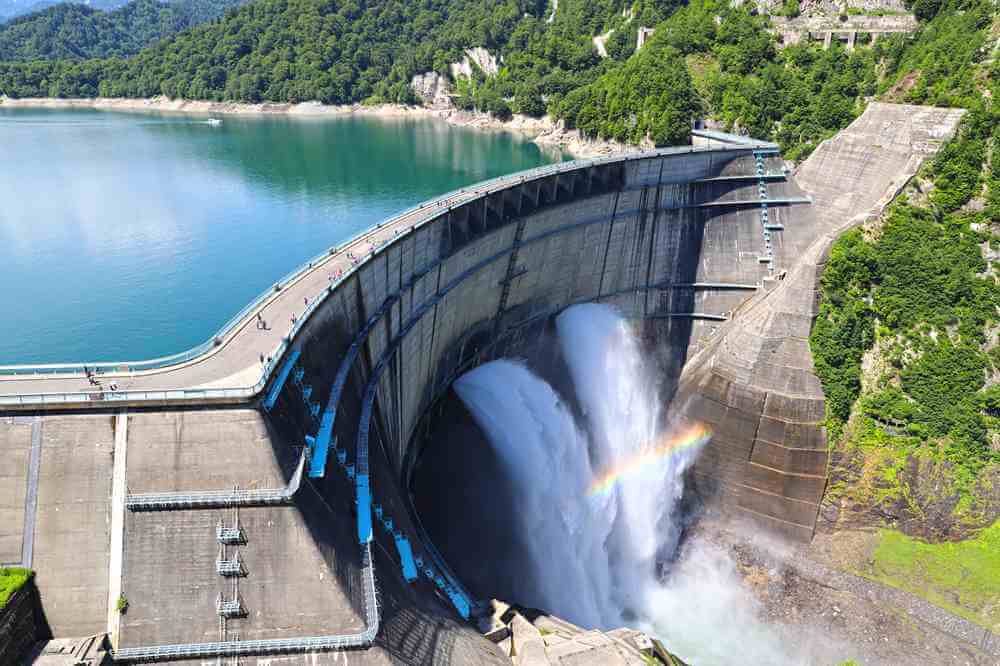
Kurobe Dam on Tateyama Kurobe Alpine Route = Shutterstock
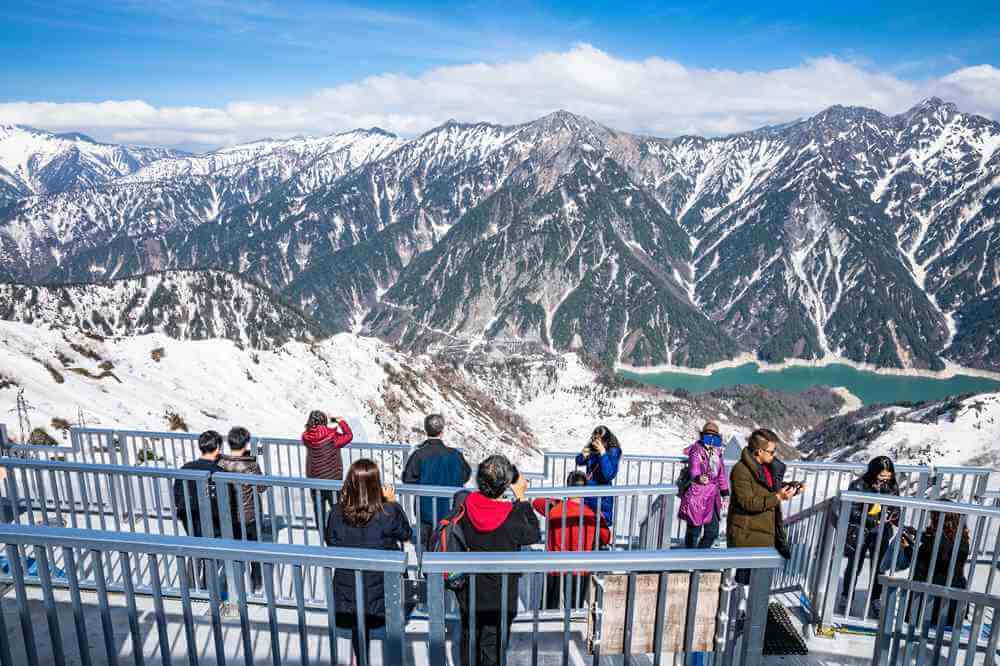
On the Tateyama Kurobe Alpine Route, you can get a close view of the mountainous areas at an altitude of 3,000 m = Shutterstock
The Tateyama Kurobe Alpine Route is a mountain sightseeing route that connects JR Shinano-Omachi Station in Nagano Prefecture to Tateyama Station in Toyama Prefecture, which is located next to the north. On the route, there is a magnificent Kurobe Dam and a mountainous area with an altitude of 3,000m. Tourists can enjoy the scenery comfortably by transferring to buses, ropeways and cable cars.
Thank you for reading to the end.
If you want to check the tour menu and deals for the entire Nagano prefecture, click here.
Now, let’s plan to make your vacation in Japan the best experience ever!
Back to "Best of Chubu Region"






